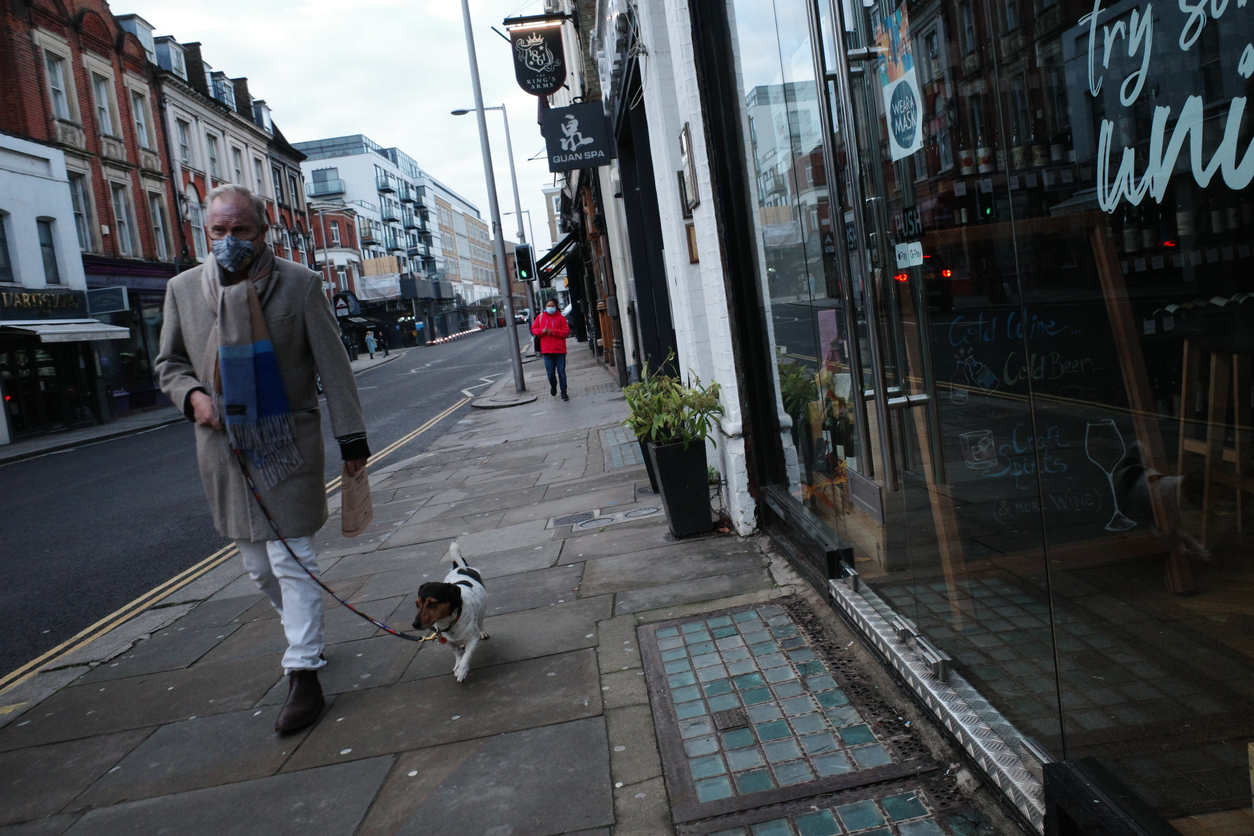
Ask Your Local Manchester Vet – What is Kidney Failure in Dogs?
January 7, 2022
Ask Your Local London Vet – What is Kidney Disease in Dogs?
January 10, 2022
“How long does it take for a dog to be put to sleep,” is a question we often receive. Saying goodbye to an animal member of your family is almost impossible. This stays the same even when you know that poor health, age or a disability make your pet’s daily life one of constant suffering.
For most people, the answers to questions such as how will it happen and how long does it take for a dog to be put to sleep are unknowns. And the unknown can be a scary thing.
Here you will find a little more about how putting a dog down or putting a dog to sleep happens. The hope is that more information can lead to more peace of mind for you. By knowing a little about how it happens – most importantly that there is no pain whatsoever – you and your family can start to come to terms with the situation and what it means for you and your beloved pet.
Preparation
Take as long as you need to prepare yourself and your family both physically and mentally to say goodbye to your pet.
You might wish to consider answering some important questions:
Whether you want to say goodbye at home – some vets do not offer in-home pet euthanasia, so you might need to search around
Decide who out of your family is going to be present, if anyone, to offer your pet support during their treatment
Consider how to explain the reasons for putting a dog to sleep to any younger members of your family
Preparation on the day
The preparation you need to do on the day will vary depending on whether you have opted for the procedure to take place at home or at your local veterinary clinic.
For dog euthanasia at home, you may wish to create a comfortable position for your pet to lie in if they are still able to move. A blanket or two on the floor is probably the most ideal. The blankets are necessary not only for your pet’s comfort but also because they may experience a final bowel movement which they cannot be held responsible for. This makes it a good idea to choose blankets which hold no sentimental value.
When choosing your local clinic, consider taking a blanket with you. Partly this is so that your dog can remain comfortable while they wait around in the reception area. But the blanket will be most important if you have decided you want to bury your dearly departed companion elsewhere. The blanket allows you to transport them with some dignity.
Sedation – the “two injection” pet euthanasia method
When it comes to the actual pet euthanasia process, a solution is most often administered through a vein, possibly via an intravenous catheter. But because this sort of activity can cause a dog to become discomforted, most vets will first administer an anaesthetic injection to place your pet into a state of unconsciousness.
When discussing a dignified end for your pet with your vet, it’s always best to ensure that they are going to administer anaesthetic first – something which is often called the “two injection” method. To do otherwise risks your pet potentially moving around uncomfortably or panicking as the vet tries to find their vein. The only time you might not need anaesthesia is when your dog is already very ill and very quiet or is having trouble breathing.
A sedative allows your dog to relax properly. This makes the entire process as easy for them as falling asleep. The sedative can take 5-10 minutes to take effect, depending on the type of medicine and your dog’s size. These five to fifteen minutes are incredibly precious, as they will be the last you ever spend with your beloved companion. Be sure to spend them wisely. After this, they will be deeply and restfully unconscious for the rest of the procedure.
How long does it take for a dog to be put to sleep?
The actual final injection itself is very quick and painless. Your vet will administer a pet euthanasia solution, often pentobarbital or – more likely and desirable – an overdose of anaesthetic.
Once the solution is injected, a peaceful death will usually result in under 30 seconds. It’s important to understand that your pet will not experience any pain or discomfort, but might twitch a little. This is simply a natural part of them passing away. Their breathing will slow down and stop, followed soon after by their heart coming to a gentle rest.
Afterward
You may chose to be present during your pet’s final moments or not. Your vet will usually offer you some time to say goodbye privately after your pet has passed away. Again, you should feel free to take as much time as you need to.
If you do choose to go in to say goodbye, it’s important to be aware of a couple of things. Your pet’s eyes may remain slightly open and their skin and tongue may continue to slowly move.
How much time does dog euthanasia take altogether?
How long does it take for a dog to be put to sleep altogether? If you’ve chosen a home visit from your vet, the entire process should be over within 30-60 minutes.
If you are going to be in your local veterinary clinic, be aware they may have unforeseen delays or emergencies. Be aware, they have no control over and it may draw out the process. Once you are actually with your vet, the same half an hour to an hour timeframe applies.
What happens next
Coming to terms with the loss of a loved pet can take a long period of time. Most people advise that you don’t try to rush the process and simply take one day at a time.
If you need grief counselling, it can be a good option for many people experiencing loss. You might also consider talking to friends and family about your decision to say goodbye to your suffering companion.





